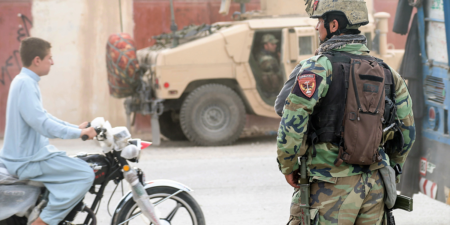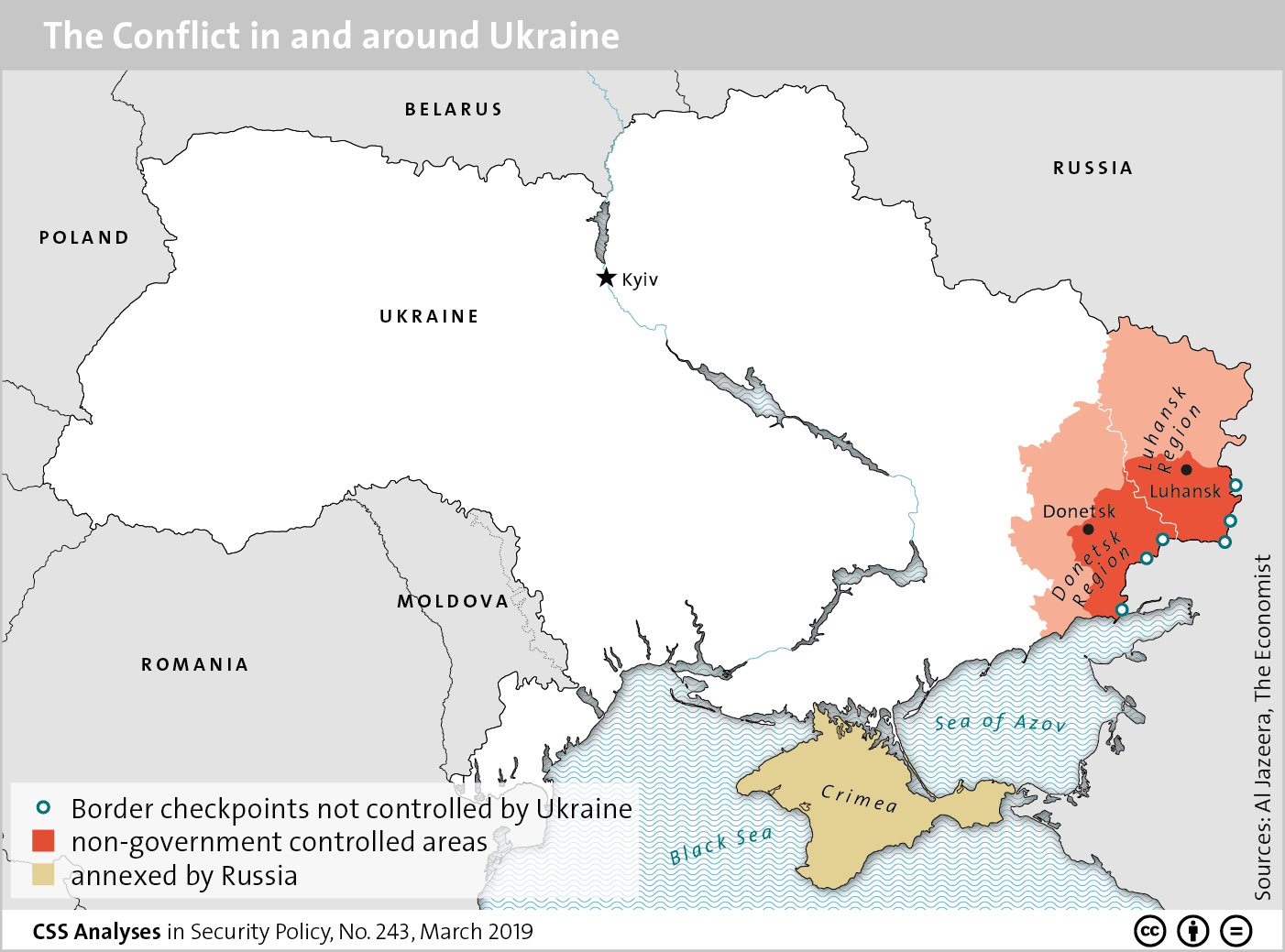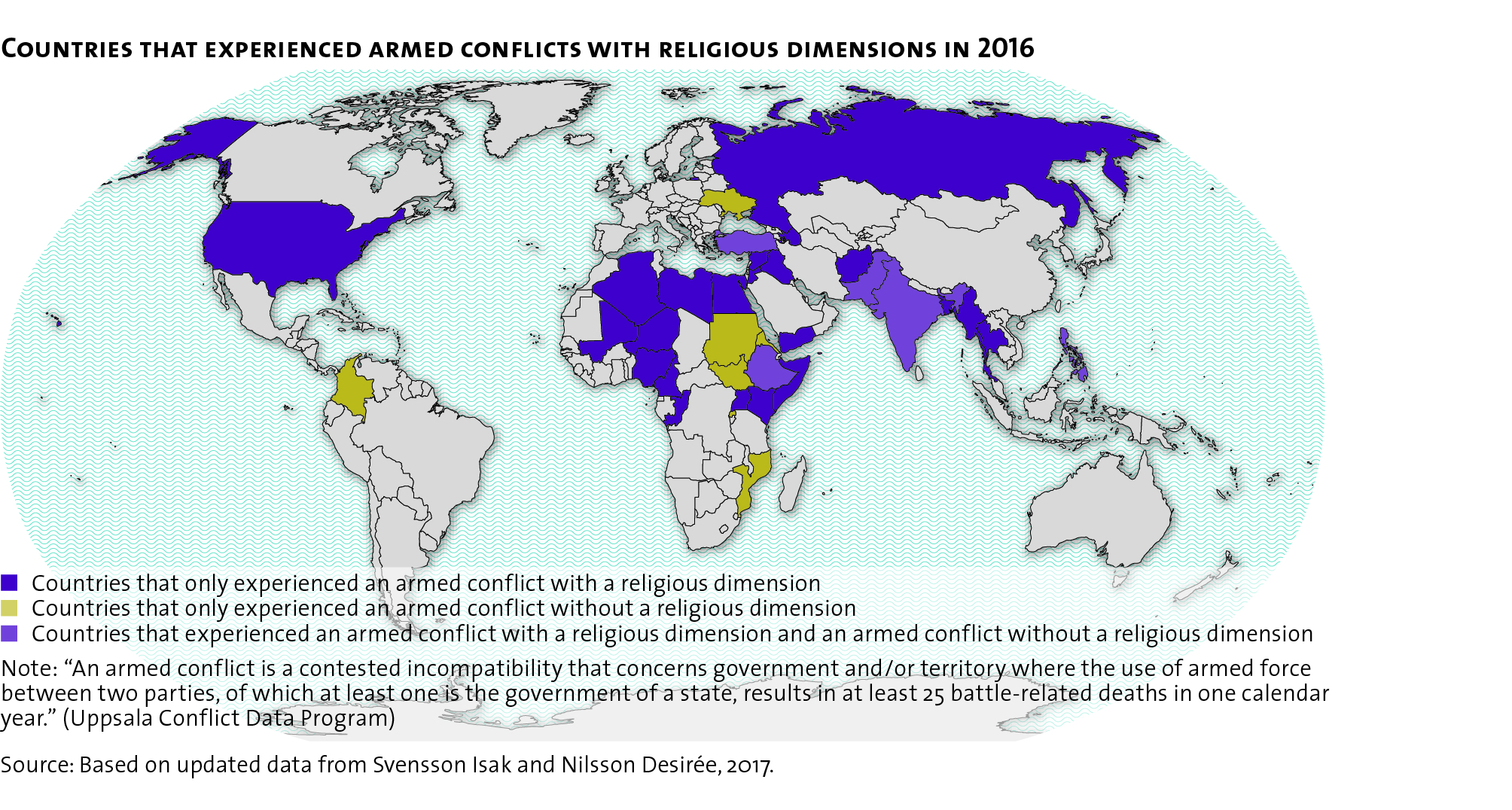
This article was originally published by the IPI Global Ovservatory on 27 September 2019.
Resolving local conflicts between non-state armed groups, or between communities, is key to reducing violence against civilians. The United Nations is often involved in supporting local peace processes and seems to enhance the prospects for local conflict resolution. One major obstacle to a successful local peace process, however, is that local conflicts are often integrated into higher-level, national or transnational conflicts. A holistic approach to peacemaking is therefore necessary, which could allow peace to trickle down from the transnational or national level to the local, ultimately reducing violence against civilians.







